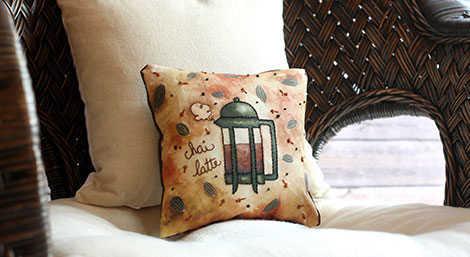Unique Art - Truths
Unique Art - Truths
Blog Article
The 3-Minute Rule for Unique Art
Table of ContentsA Biased View of Unique ArtFacts About Unique Art RevealedWhat Does Unique Art Do?How Unique Art can Save You Time, Stress, and Money.
While one might dispute which art type holds precedence, the fact continues to be that each of these 7 forms gives an one-of-a-kind window right into human history, culture, and evolution. They are the tapestries that chronicle our journey, advising us of our past while motivating visions for the future.Excellent artwork informs a story, makes individuals look twice, and produces an unique experience that can't be matched. Art and pictures interact every one of that through shade, shape and other layout aspects. Learn exactly how to make your special artwork stick out from the crowd.
3 Emil DervishIn this entrance by Emil Dervish that beautiful cobalt blue door swipes the program. To bring also more drama, he prolonged the paint. to the doorframe and the wall up, finishing in a curved shape. The contours, along with a spherical sconce, soften the edges - Unique Art. Then structures vintage posters and maps of precious locations set the scene.
8 TRIA GIOVANEqual components grand and laidback, this foyer made by Anthony Baratta is the ideal blueprint to comply with if you're decorating a formal entry that still feels unfussy and comfy. Formed textiles take facility stage (see the carpets and the couch), however they also assist bring the high ceilings down to a human range when hung over wallpaper.
Indicators on Unique Art You Should Know
18 Heidi Caillier DesignA gallery wall surface doesn't need to use up the whole room. In some cases a small one can make a bigger design declaration. In this living-room, Hiedi Caillier selected micro-mini structures and a random structure. Advertisement - Continue Reading Below19 Stephen Kent JohnsonDesigner Juan Carretero went with a deep environment-friendly paint color to comparison with the light wood finishes.
The components of this languageits shapes, lines, colours, tones, and texturesare used in different ways to generate feelings of quantity, area, activity, and light on a flat surface. These elements are incorporated into expressive patterns in order to represent genuine or superordinary sensations, to translate a narrative style, or to produce completely abstract aesthetic relationships.
Later the idea of the "fine musician" established in Asia and Renaissance Europe. Throughout the 19th century painters in Western societies began to shed Look At This their social placement and protected patronage.
Get This Report on Unique Art
Others gained an income with visiting exhibits of their job. The requirement to appeal to a market had changed the comparable (if less impersonal) needs of patronage, and its effect on the art itself was possibly comparable. Generally, artists in the 20th century might reach an audience just through industrial galleries and public museums, although their job might have been occasionally replicated in art regulars
For the history of painting in old Egypt, see Egyptian art and style. The advancement of painting in various areas is treated in a number of short articles: Western paint; African art; Central Eastern arts; Chinese painting; Islamic arts; Japanese art; Oriental art; Native American art; Nautical art and style; South Asian arts; Southeast Asian arts. For a discussion of the forgery of artworks, see bogus. For a conversation of the role of paint and other arts in religion, in addition to of using spiritual signs in art, see spiritual significance and iconography. For info on other arts associated with paint, see posts such as attracting; individual art; printmaking. It is the feeling of inevitability in this official company that provides an excellent painting its self-sufficiency and presence. The colours and placing of the major photos in a design may be visit our website often largely determined by representational and symbolic considerations. It is the official interplay of colours and shapes that alone is capable of communicating a particular mood, producing optical sensations of area, quantity, movement, and light and developing pressures of both harmony and stress, also when a paint's narrative meaning is unknown.
Do not copy the style of other musicians if you're looking for your i thought about this style. Duplicating other individuals's art work can be excellent in educational purposes yet it will not make you closer to discovering your own distinct style. Your creative style has to be, what you like and what inspires you.

Unique Art Fundamentals Explained
You require to attempt great deals of various options and discover everything before you can concentrate on one particular design or you'll be tired, or even worse, you'll hate your very own design. I recommend you to try every solitary subject that you're interested in, explore as much as you can. Try different mediums that delight you and brand-new methods you've never ever attempted prior to.
With time you'll have the ability to arrange every one of them right into your favorite and least favorite groups. Attempt to focus your attention on the subjects and tools that you like and before you see it coming you'll have your own individual and distinct design, like no one else have! In the end you'll have a couple of preferred topics to repaint and maybe a few preferred tools.

Report this page